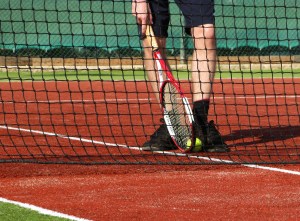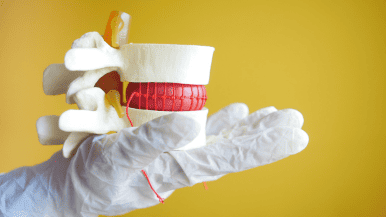When serving up the ball at your next tennis match it is important to avoid over-exertion to prevent unnecessary injuries on the court.
 Lateral epicondylitis, also known as Tennis Elbow occurs when tendons in your elbow are overworked, usually by repetitive motions of the wrist and arm. The pain suffers feel is attributed to tendons in the forearm muscles attaching to a bony bump on the outside of your elbow.
Lateral epicondylitis, also known as Tennis Elbow occurs when tendons in your elbow are overworked, usually by repetitive motions of the wrist and arm. The pain suffers feel is attributed to tendons in the forearm muscles attaching to a bony bump on the outside of your elbow.
The effects of tennis elbow are not just limited to tennis players. People whose occupations require repetitive bending and twisting movements can also develop tennis elbow. To identify the condition, you must first recognize the symptoms.
Symptoms
- Sudden and increasing pain around the elbow joint.
- Difficulty with simple tasks like holding a coffee cup or turning a doorknob
- Weak and unstable grip strength.
- Pain when you clasp your hand to squeeze an object or shake hands
- Discomfort when the wrist is straight and stabilized.
- Pain that lasts for as much as 6-12 weeks.
Treatment Options
Because tennis elbow rarely requires surgery, there are several options that can be used to treat the condition and eliminate pain. These include:
- Physical Therapy
- Forearm Bracing
- Topical Anti-Inflammatory Gels
- Topical Cortisone Gels
- Cortisone Injections
To reduce your risk of developing tennis elbow, it is important to begin a stretching and strengthening routine that promotes flexibility and warms your body up before physical activity.



